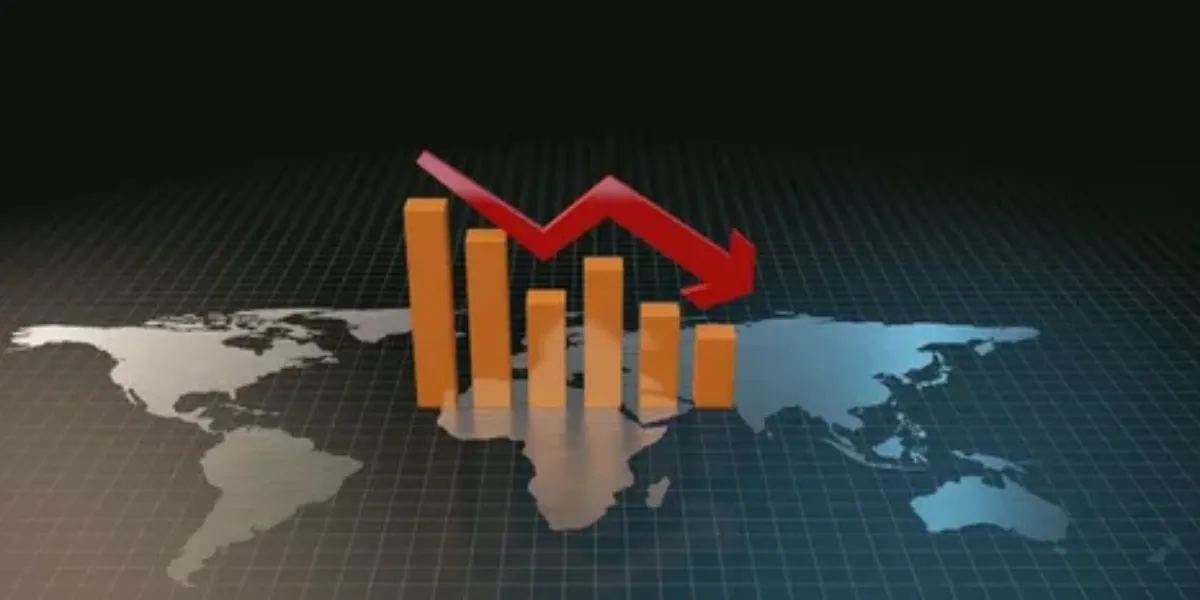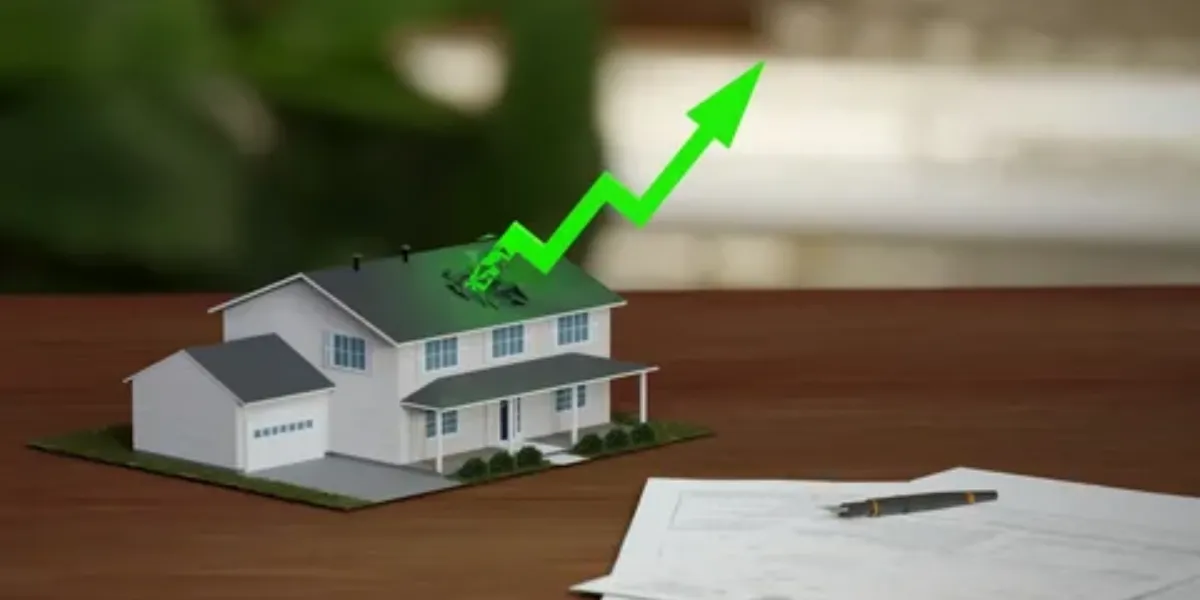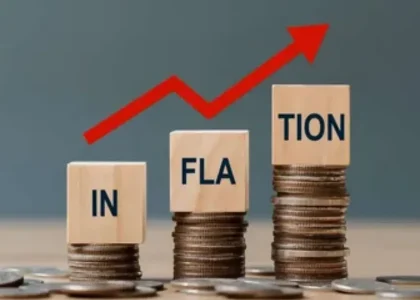Current Economic Landscape

In recent months, headlines have been ablaze with news of inflation hitting a 30-year high, sending ripples of concern through financial markets and households alike. Amidst this economic turmoil, one factor stands out: the significant role played by surging home prices. In this article, we’ll delve into the complex interplay between inflation and the housing market, exploring the driving forces behind these phenomena and their broader implications.
Understanding Inflation: A Brief Overview
Before we dive into the specifics, let’s first grasp the concept of inflation. Inflation refers to the sustained increase in the general price level of goods and services over a period of time. It erodes the purchasing power of money, leading to a decrease in the real value of savings and income. While moderate inflation is a sign of a healthy economy, excessively high inflation can wreak havoc on businesses and households.
Factors Contributing to the 30-Year High in Inflation

Several factors have converged to push inflation to its highest level in three decades. Supply chain disruptions, exacerbated by the lingering effects of the COVID-19 pandemic, have led to shortages of critical goods and materials. Additionally, robust consumer demand, fueled by fiscal stimulus measures and pent-up savings, has outpaced supply, driving prices upwards across various sectors.
Unraveling the Role of Rising Home Prices
Among the myriad factors contributing to inflation, rising home prices have emerged as a significant driver. The housing market, buoyed by low mortgage rates and a desire for more space amidst the pandemic, has witnessed a surge in demand. However, this increased demand has not been met with a corresponding increase in housing supply, leading to bidding wars and skyrocketing prices in many regions.
The Housing Market Boom Amid Economic Uncertainty

Paradoxically, the housing market has thrived amidst broader economic uncertainty. Historically low interest rates have spurred a wave of homebuying activity, with many individuals capitalizing on favorable borrowing conditions. Moreover, the shift towards remote work has prompted some to reassess their living arrangements, further fueling demand for housing.
Federal Reserve’s Response to Inflationary Pressures
In response to mounting inflationary pressures, the Federal Reserve has adopted a cautious approach. While acknowledging the need to curb inflationary expectations, the Fed has signaled its intent to maintain accommodative monetary policy for the time being. However, policymakers remain vigilant, closely monitoring economic indicators for signs of overheating.
Impact of Inflation on Consumers’ Purchasing Power

The surge in inflation has tangible consequences for consumers, eroding their purchasing power and diminishing the affordability of essential goods and services. From groceries to gasoline, everyday expenses are taking a larger bite out of household budgets, leaving many families feeling the pinch. Additionally, inflation can undermine long-term financial planning, making it challenging to save for retirement or major expenses.
Strategies for Mitigating the Effects of Inflation
While the specter of inflation looms large, there are steps individuals can take to mitigate its impact. Diversifying investments, focusing on assets that typically perform well in inflationary environments, can help preserve wealth. Moreover, refinancing high-interest debt and seeking out bargains can stretch the value of each dollar in an inflationary climate.
Implications for Homebuyers and Sellers

For prospective homebuyers, navigating the current housing market presents both opportunities and challenges. While low mortgage rates enhance affordability, fierce competition and limited inventory can make finding the right property a daunting task. Conversely, sellers stand to benefit from rising home prices, potentially yielding substantial returns on their investments.
Long-Term Outlook for Inflation and Housing Market
Looking ahead, the trajectory of inflation and the housing market remains uncertain. While some anticipate a gradual tapering of inflationary pressures as supply chains stabilize and pent-up demand subsides, others warn of persistent inflationary forces. Similarly, the housing market may experience fluctuations as economic conditions evolve, underscoring the importance of adaptability and foresight.
Policy Measures to Address Inflationary Trends

Addressing inflationary trends requires a multifaceted approach, encompassing both monetary and fiscal policy measures. The Federal Reserve may opt to gradually tighten monetary policy, raising interest rates to rein in inflation. Meanwhile, policymakers could enact targeted fiscal policies aimed at bolstering supply chains, enhancing productivity, and fostering long-term economic growth.
Economic Recovery and Inflation: What Lies Ahead?
As the global economy continues its recovery from the pandemic-induced downturn, the interplay between inflation and economic growth will shape the trajectory of the recovery. While inflationary pressures may persist in the near term, a well-coordinated policy response coupled with prudent economic management can pave the way for a sustainable and inclusive recovery.
Navigating the Challenges of Inflation

In the current inflationary environment, driven in part by rising home prices, poses significant challenges for consumers, businesses, and policymakers alike. As inflationary pressures continue to mount, proactive measures must be taken to safeguard economic stability and promote long-term prosperity. By staying informed, exercising prudence, and adapting to changing circumstances, individuals and organizations can navigate the challenges of inflation with resilience and foresight.
Click here for more visited Posts!





